I have been fortunate these few days to have spotted a variety of birds I hadn't seen before (or perhaps I had, but never paid too much attention to them).
A grey wagtail shakes its booty on a bright morning. This was taken behind my workplace.
A pair of pink-necked pigeons perch on a treeptop, amongst juvenile glossy starlings. The male is on the far right, whereas the one on the far left is a female.
Many scaly-breasted munias can be found in the grassy fields on campus.
A migrant brown shrike sits in a small tree.
I love this tiny bird. It's a male scarlet-backed flowerpecker, and it has a funky red band along its back.
This is a greater racket-tailed drongo.
Greater coucals can be found in secondary forests and shrubbery.
Thank you Choo Eng for helping me identify the shrike and the drongo, and Annette for help with identifying the wagtail.
13 of the best Nano Banana trends from 2025
-
From pet figurines to isometric images, here are some of our favorite Nano
Banana trends of the year.
6 days ago
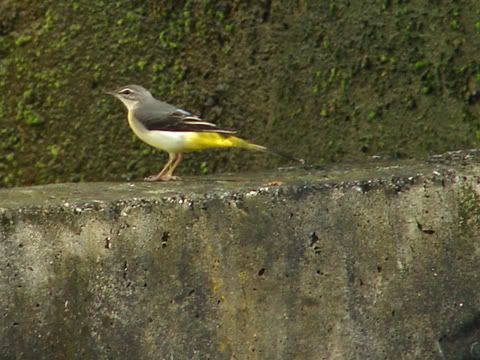
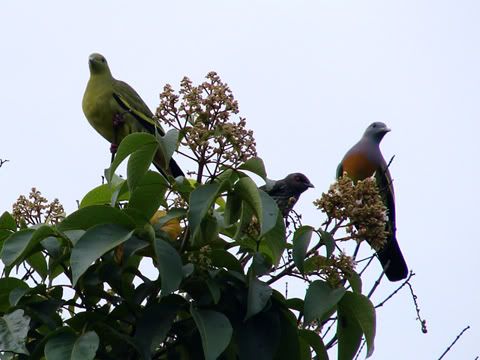
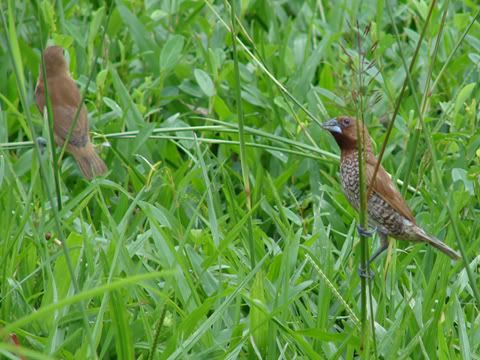
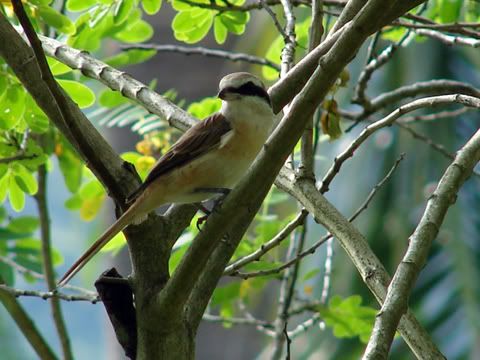
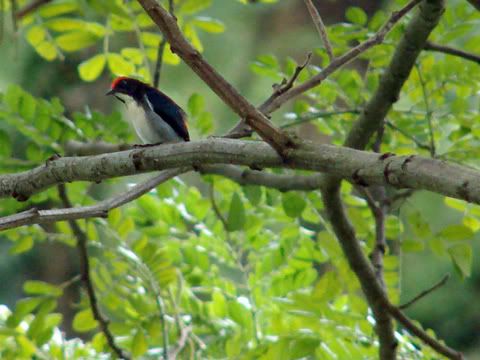
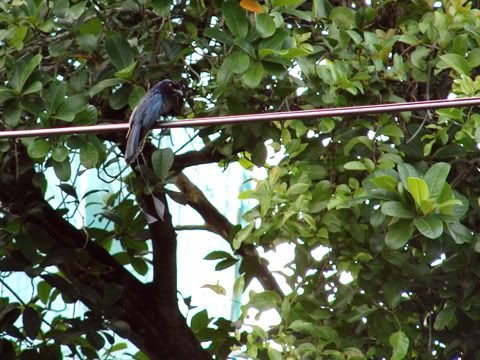
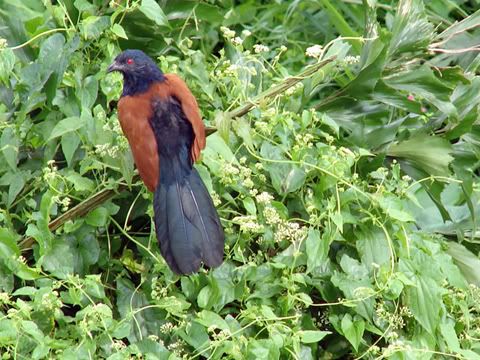
2 comments:
Hi there, we met at the USM pond,
the Shrike is the migrant Brown
Shrike, Long tailed Shrike is very
rare on Penang Island, more of open
country - scrubland bird.
It is the Greater Racket Tailed
Drongo, Lesser only highlands and
Penang Island got no record yet.
Choo Eng.
Hi Choo Eng!
Thanks for visiting. You made it to my blog. I hope you'll drop by regularly. I frequently post bird photos here (see the birds tag on the right for the complete set).
Post a Comment